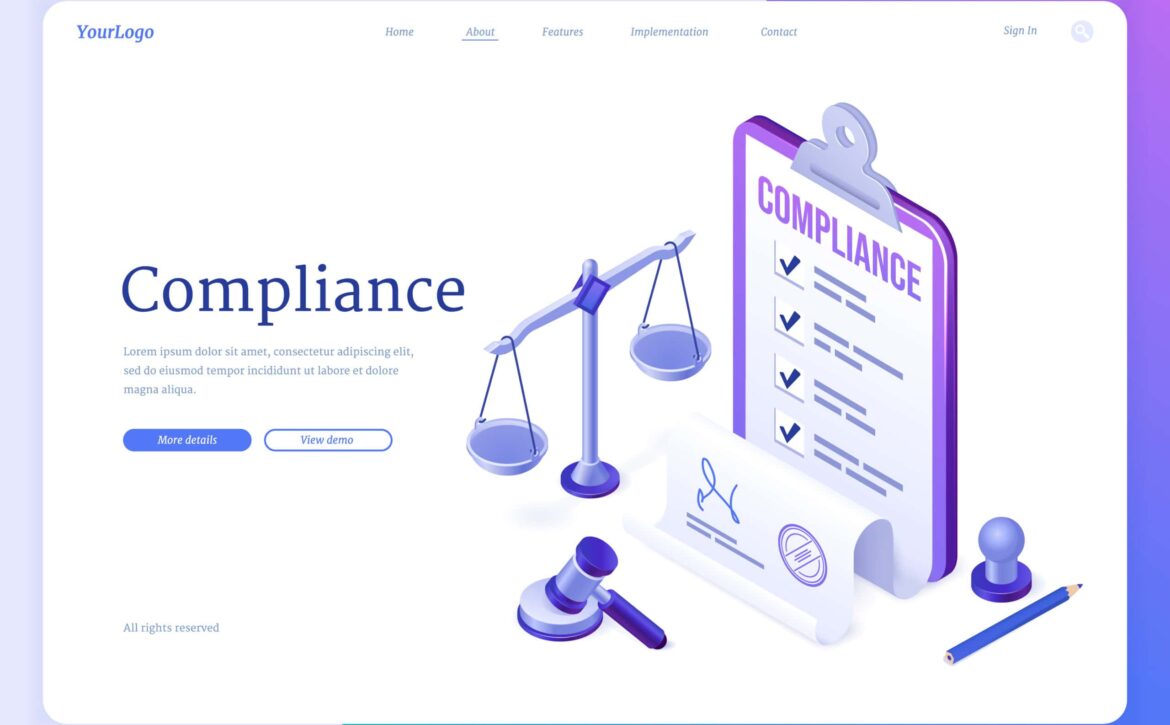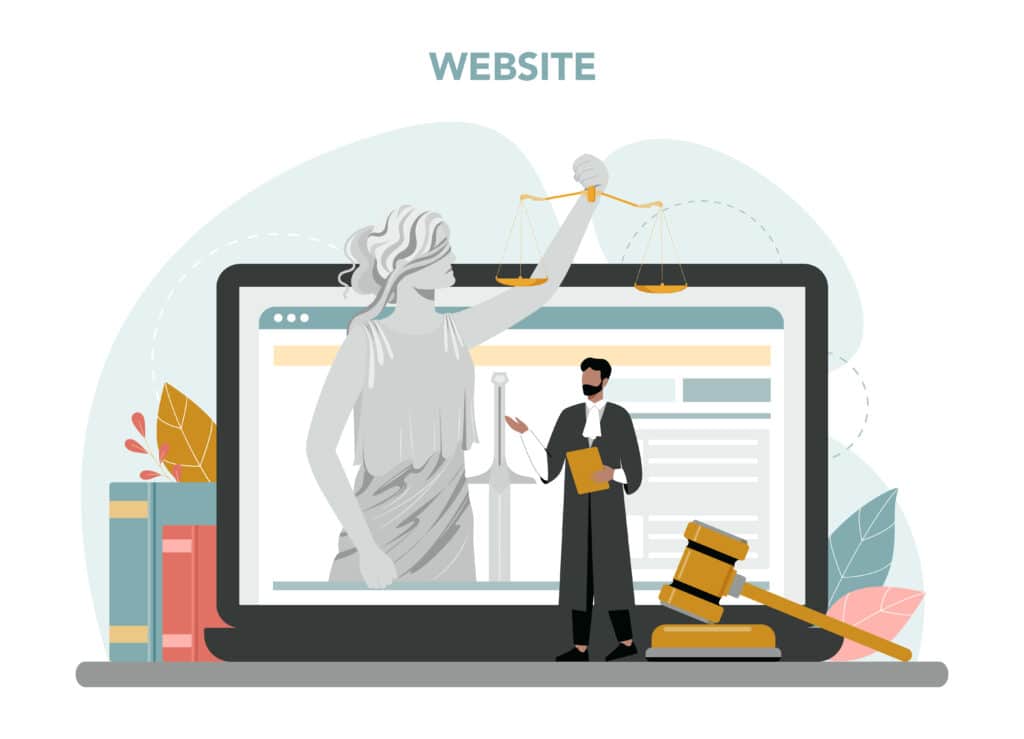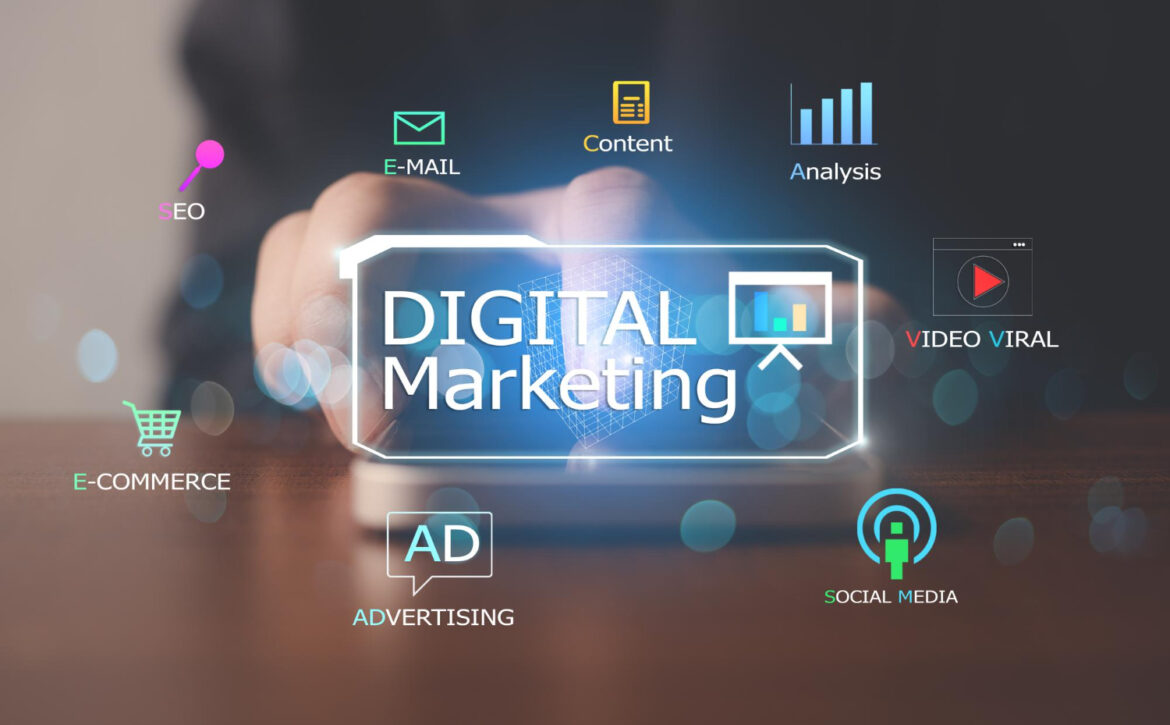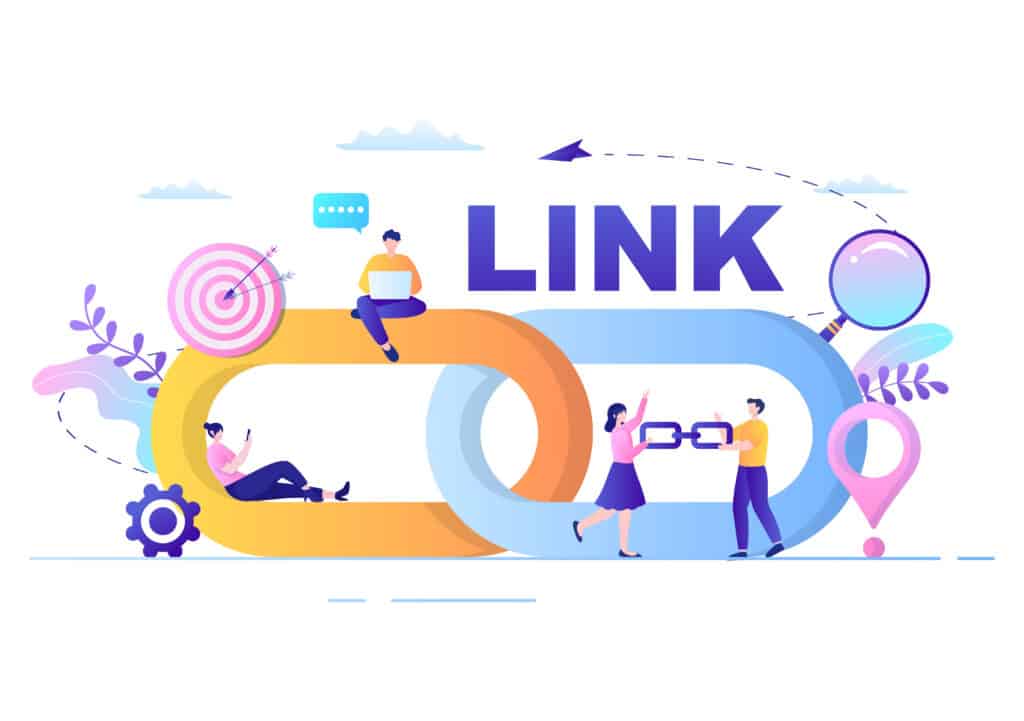Why Review Management Matters For Your Online Reputation
Explore the importance of review management for businesses.
Have you ever wondered how potential customers perceive your business in the vast landscape of the internet? Your online reputation is the answer to this question and holds a profound significance for businesses in today’s digital age. A positive online reputation can be a powerful asset, while a negative one can be detrimental. At the heart of managing and enhancing your online reputation lies an essential practice: Review Management. In this blog, we will explore the critical role that Review Management plays in shaping how your business is perceived online and why it matters more than ever in the competitive world of e-commerce and digital interactions.
What is Review Management?
Review Management is not merely a passive observation of online reviews; it’s a dynamic process of proactively guiding the narrative surrounding your business or personal brand. It involves monitoring, analyzing, and responding to the reviews and feedback you receive on various online platforms. The aim is not just to acknowledge customer opinions but to actively shape the conversation to align with your goals. In an age where customers often rely on the experiences and opinions of others, it is your opportunity to take control of your digital image.
The Impact of Online Reviews
The impact of these reviews is nothing short of profound, wielding the potential to shape the destinies of businesses, big and small. In this section, we’ll dive deep into the realm of online reviews, exploring compelling statistics that shed light on their remarkable influence. We’ll unravel the intricate dance of positivity and negativity and examine the unparalleled power of social proof in an era where every click, star, and word holds sway over consumer decisions. So, fasten your seatbelts as we journey through the impactful world of online reviews.
The Power of Customer Reviews in Business Performance
Customer reviews play a crucial role in determining the success of a business. Positive reviews can greatly enhance your brand’s credibility and reputation. They serve as social proof, influencing potential customers to trust and choose your products or services. By monitoring and responding to reviews, you demonstrate excellent customer care, which further strengthens your relationship with your customer base. Encouraging reviews also increases customer engagement and can help improve your business performance.
Benefits of Effective Review Management
In the digital age, where opinions are shared with a global audience at the click of a button, the importance of a sterling online reputation cannot be overstated. At the heart of shaping and safeguarding this reputation is effective Review Management. The advantages of mastering this art are both tangible and profound, with five key benefits that can elevate your online presence and enhance your brand’s success:
- Enhanced Trust and Credibility: Positive reviews act as powerful endorsements, instilling trust and credibility in the minds of potential customers. They provide social proof that reassures prospects of the quality and reliability of your products or services.
- Improved Search Visibility: Search engines and review platforms favor businesses with many positive reviews. Effective Review Management can enhance your search engine ranking, making your business more discoverable to potential customers.
- Customer Feedback for Improvement: Constructive criticism from negative reviews can serve as valuable feedback for refining your offerings. It allows you to address these concerns, showing your commitment to customer satisfaction.
- Competitive Advantage: Maintaining an exemplary online reputation can set you apart from competitors, making your brand the preferred choice for consumers who value trust and quality.
- Revenue Growth: Ultimately, the culmination of these benefits can lead to increased revenue. Positive reviews, improved visibility, and enhanced trust contribute to attracting more customers and growing your bottom line.
Strategies for Effective Review Management
In the fast-paced world of online interactions, the art of Review Management is a game-changer in preserving and enhancing your online reputation. More than passively observing reviews is needed; you need a strategic approach to harness their power truly. Here are the four key strategies for effective Review Management, each of which can make a significant difference in shaping the perception of your brand.
Responding to Reviews Professionally and Promptly
Every review, whether a glowing testimonial or a critical assessment, deserves your attention. Responding professionally and promptly to reviews demonstrates your commitment to customer satisfaction. Acknowledge positive reviews with gratitude and courtesy, and address negative reviews with empathy and a willingness to resolve issues. By engaging with your customers in a respectful and timely manner, you show that their opinions matter and leave a positive impression on potential customers who read these interactions.
Encouraging Customers to Leave Reviews
Proactive engagement with your satisfied customers can be a powerful catalyst for accumulating positive reviews. Encouraging customers to share their experiences through various channels, such as email campaigns, in-store signage, or website prompts, can lead to a steady stream of authentic reviews. The key is to make the process as easy and convenient as possible, reducing any friction that might discourage customers from leaving their feedback.
Monitoring and Analyzing Review Trends
It’s vital to continuously monitor and analyze review trends to steer your brand in the right direction. Look for common themes and patterns in customer feedback, such as recurring mentions of product quality, customer service, or other aspects of your business. By identifying these trends, you gain valuable insights into what’s working well and what might need improvement. This data-driven approach can guide your decision-making process and help you prioritize areas that require attention.
Implementing Feedback and Making Improvements
Review Management doesn’t end with simply acknowledging feedback; it extends to implementing changes based on customer input. Constructive criticism from reviews can be valuable information for improving your products or services. By actively working on the suggestions and addressing concerns raised in reviews, you demonstrate your commitment to ongoing enhancement and customer satisfaction.

Tools and Resources for Review Management
As we delve deeper into Review Management, it becomes evident that preserving and enhancing your online reputation is challenging. Fortunately, a wide array of tools and resources are at your disposal to streamline the process and make it more effective.
Online Tools and Platforms for Managing Reviews
The digital landscape has seen many online tools and platforms designed to simplify managing online reviews. These tools often provide a centralized dashboard where you can monitor reviews from various platforms, receive notifications for new reviews, and respond to them promptly. Here are a few types of tools and platforms you might encounter:
- Review Aggregators: Platforms like Yext and BrightLocal aggregate reviews from multiple sources, allowing you to monitor them in one place.
- Social Media Management Tools: Tools like Hootsuite or Sprout Social provide review management features, enabling you to engage with customers across different social platforms.
- Reputation Management Software: Comprehensive solutions like Reputation.com or Birdeye offer a range of features, including review monitoring, sentiment analysis, and response management.
- Google My Business: If your business relies heavily on Google reviews, the Google My Business platform offers a suite of tools for managing and responding to reviews effectively.
Professional Review Management Services
Professional review management services can be a valuable resource for those who prefer a hands-off approach or lack the time and expertise to manage reviews effectively. Digital marketing agencies or specialized reputation management companies typically offer these services. Here’s what they can provide:
- Monitoring and Reporting: Professionals can continuously monitor your online reviews, providing detailed reports and trend analysis.
- Response Management: They can craft professional responses to positive and negative reviews on your behalf, ensuring your brand image is upheld.
- Strategy Development: Experts can help you devise a strategic approach to maintain and enhance your online reputation.
- Crisis Management: In the event of a reputation crisis, professional services can assist in damage control and recovery efforts.
The Ethics of Review Management
In the digital realm, where reputation is everything, the practice of Review Management is not without its ethical considerations. While enhancing your online image is undoubtedly important, it must be done to uphold the principles of authenticity and integrity. In this section, we’ll explore the ethical aspects of Review Management, emphasizing the significance of maintaining honesty and transparency.
The Importance of Authenticity in Review Management
Authenticity is the bedrock of ethical Review Management. When customers turn to online reviews to make informed decisions, they trust the authenticity of those reviews. Here’s why authenticity matters:
- Credibility: Authentic reviews carry a higher level of credibility. They provide genuine insights into the customer experience and are more likely to be trusted by prospective buyers.
- Transparency: Authenticity ensures that the online reputation accurately reflects customers’ real-world experiences. It creates a transparent representation of your brand.
- Ethical Responsibility: As a business or individual, you must provide truthful information to your audience. Misleading or falsifying reviews undermines this responsibility.
Effective review management is not merely a peripheral concern for businesses; it is the cornerstone of a strong online reputation. As we’ve discussed, customer reviews wield immense influence, and how they are handled can make or break your brand. You can fortify your online image and boost consumer trust by promptly addressing feedback, nurturing positive relationships with your customers, and actively seeking improvement. In a world where your reputation is your most valuable asset, investing in comprehensive review management is a strategic imperative for any business. Don’t wait – safeguard your online standing today to ensure long-lasting success. Contact us at 760-383-3591 to get started on this critical journey toward a stronger, more resilient reputation.
























